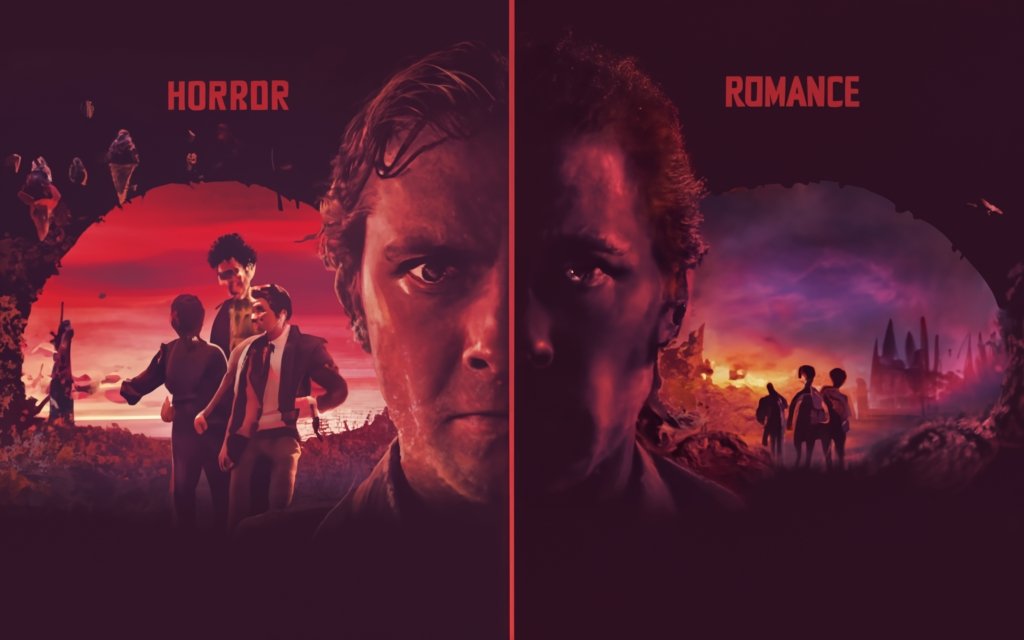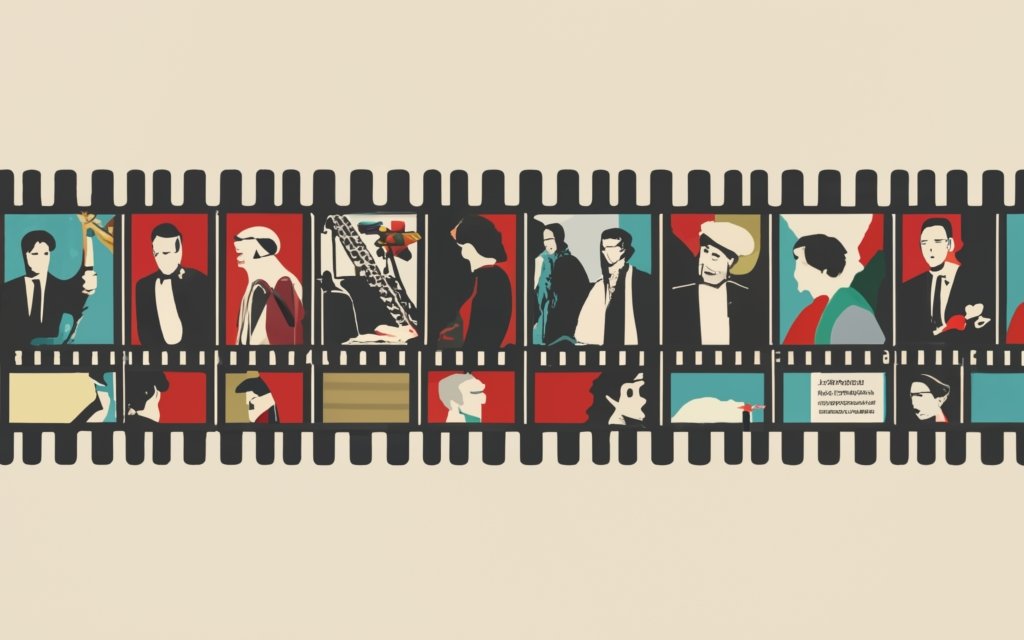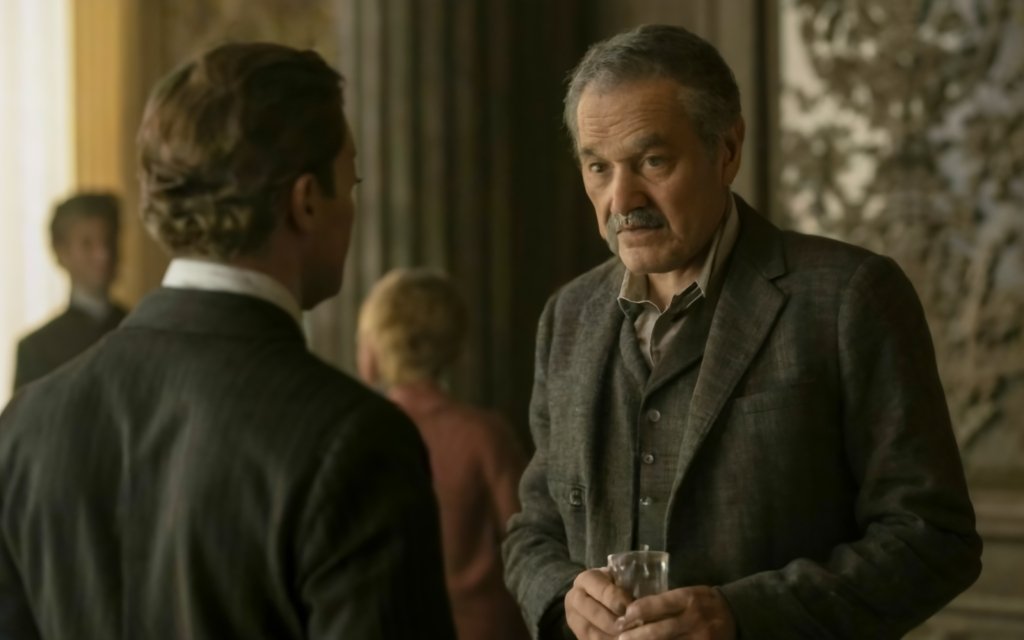The Metamorphosis of Movie Soundscapes
Embarking on a profound odyssey through the annals of film history, we delve into the metamorphosis of movie soundtracks. From the epoch of silence, where live musical accompaniments molded the essence of silent films, to the synchronized symphonies that heralded a cinematic revolution in the late 1920s. The Golden Age of Hollywood then unfurled orchestral masterpieces, standing the test of time, while the dynamic 1960s and 1970s ushered in an era of experimentation, intertwining popular music seamlessly into soundtracks.
The Ripple Effect of Soundtracks on Cinematic Realms
Having subjected it to rigorous scrutiny, the pivotal role of soundtracks in the overall cinematic experience becomes unmistakable. They metamorphose into emotional architects, sculpting audience sentiments and weaving intricate narratives. The triumph of films often mirrors the resonance of their soundtracks. Consider the paradigmatic soundtrack of “Titanic,” where James Horner’s compositions, particularly “My Heart Will Go On,” not only interwove with the narrative but also propelled the film to historic box office acclaim.
Distinguished Composers and Their Artistic Contributions
Venturing into the labyrinth of movie soundtracks, our expedition reveals the enriching presence of ingenious composers. Let’s illuminate the path on some maestros:
Nino Rota – “The Godfather”
Nino Rota’s opuses for “The Godfather” stand testament to his inimitable style. The haunting allure of the “Godfather Theme” and the tender embrace of the “Love Theme from The Godfather” became indelibly linked with the film’s themes of dominance, kinship, and tragedy.
John Williams – “Star Wars”
Foraying into the realm of firsthand encounters, John Williams’ symphonic magnum opus for “Star Wars” transcends mere background accompaniment. The grandeur of the “Main Title” and the ominous allure of “The Imperial March” metamorphosed into cultural phenomena, leaving an indelible imprint beyond the cinematic canvas.
James Horner – “Titanic”
Our investigative pursuits unearthed the transcendental impact of James Horner’s work on “Titanic.” Beyond cinema, “My Heart Will Go On” not only clinched an Academy Award but evolved into a global anthem. The triumph of the soundtrack seamlessly harmonized with the film’s enduring legacy.
Harmonizing Soundtracks with Film Genres
Having experimented with diverse film genres, the tailored resonance of soundtracks becomes apparent.

Horror
Practical insights unravel the meticulous craftsmanship of horror soundtracks, where every note and beat conspires to instill fear and suspense. The eerie piano notes in “Psycho” or the pulsating beats in “Halloween” orchestrate an atmosphere of spine-chilling intensity.
Science Fiction
Our revelations showcase the interstellar journey of science fiction soundtracks, employing futuristic sounds to elevate cinematic experiences. Be it the synthesized echoes in “Blade Runner” or the orchestral majesty of “2001: A Space Odyssey,” the music becomes a cosmic voyage.
Romance
Venturing into the realm of heartfelt emotions, soundtracks for romance films are engineered to pluck at the heartstrings. The swelling strings in classics like “Casablanca” or the contemporary pop-infused scores in rom-coms contribute profoundly to the emotional resonance of love stories.
Crafting Soundscapes: A Symphony of Processes
Our journey of trial and error unfolds the meticulous and collaborative craftsmanship involved in sculpting a movie soundtrack.
Composition
Insights gleaned from our research illuminate the symbiotic relationship between composers and directors during the compositional phase. Leitmotifs, recurring melodic themes, emerge as narrative anchors, enriching storytelling.
Recording
Observations underscore the pivotal role of the recording process, capturing nuanced expressions that elevate emotional crescendos. Whether orchestrated by a full ensemble or synthesized electronically, the ultimate goal remains seamless integration with visual elements.
Integration with Visual Elements
Our analytical gaze reveals that the final integration of the soundtrack with visual elements unfolds as a meticulously choreographed dance. The synergy between music and visuals, seamlessly interwoven, amplifies the emotional resonance of each cinematic moment.
Case Studies: Pinnacle Moments in Cinematic Harmony
With the acumen derived from our expertise, let’s dissect the impact of iconic soundtracks through specific exemplars.
“The Godfather” – Nino Rota
Nino Rota’s compositions not only wove into the film’s narrative tapestry but also became emblematic of mafia cinema. The haunting melodies persistently echo through references and parodies in popular culture, solidifying the soundtrack’s cultural legacy.
“Star Wars” – John Williams
Embarking on a journey of trial and error, John Williams’ “Star Wars” soundtrack revolutionized the auditory landscape of film. The “Main Title” evolved into a symbol synonymous with the grandeur of space operas, exerting influence across generations of filmmakers and composers.
“Titanic” – James Horner
Our analytical scrutiny underscores that James Horner’s work on “Titanic” transcended conventional cinematic boundaries. “My Heart Will Go On” not only clinched an Academy Award but also evolved into a global anthem. The triumph of the soundtrack significantly contributed to the film’s historic box office performance.
In Conclusion: Harmonic Resonance in Cinematic Narratives
In the symphony of cinema, movie soundtracks unfurl as the unsung virtuosos, sculpting emotions, enriching narratives, and etching indelible imprints on cultural consciousness. As we traverse the evolutionary and impactful saga of soundtracks, their essence emerges not just as mere background accompaniment but as integral components of the cinematic narrative.

